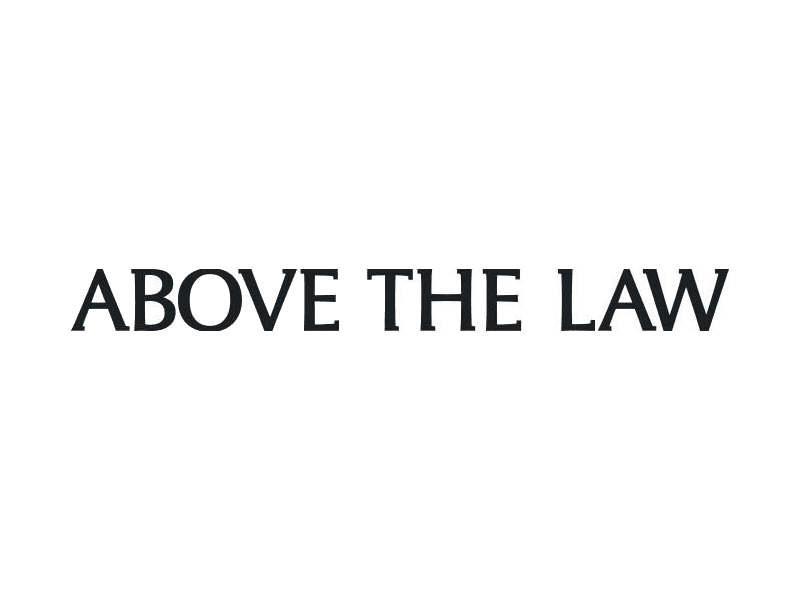
Beyond Biglaw: Categorizing Clients
In order to make a good decision about how to handle clients, it is important to assess their actual or potential contribution to the firm’s professional and financial bottom line.

In order to make a good decision about how to handle clients, it is important to assess their actual or potential contribution to the firm’s professional and financial bottom line.

Though often you just don’t know until you’re already knee-deep in the representation, here are some red flags signaling when it might be better to pass on a certain prospective client.

Not all of your clients are going to be ideal, but you have to go out there and get them.

Figuring out who is trying to get a freebie and just walk away with some free services and advice is sometimes a challenge at a small firm.

As much as you want to take all of the clients that you can get, you have to look out for the red flags...

Do yourself a favor and learn to recognize unreasonably difficult clients -- and avoid them.

When is it appropriate to fire a client? Brian Tannebaum has some advice for you.

Should you take that big case that's not in your area of expertise? Not unless you know how to ask for help. Here are some tips from small-firm columnist Brian Tannebaum.

A lesson from Brian Tannebaum for those who've been in small law firms for less than five years on how to selectively choose clients.

Small-firm columnist Brian Tannebaum rarely follow up on potential clients anymore. Here are a few reasons why...

Proper trust accounting and three-way reconciliation are essential for protecting client funds and avoiding serious compliance risks. In this guide, we break down these critical processes and show how legal-specific software can help your firm stay accurate, efficient, and audit-ready.

What's Brian Tannebaum's strategy for dealing with clients that you realize aren’t a good fit, and that are abusive with you, your time, and your staff (even if your staff is just you)?

When Tom Wallerstein started his firm, several mentors gave him the same advice: Don’t work for free. It’s easy to see the problem with working for free. Giving away what you’re trying to sell isn’t exactly in the business plan. Unfortunately, this sage advice can only really be learned the hard way, through experience. Even if your gut tells you that taking on that client is a bad idea, this can be surprisingly tempting to a new firm or solo practice....

Beware the bad client. Not running her own small firm, Valerie Katz can only conjecture that bad clients may not reveal themselves in a way as obvious as a stripper in a box. So how do you spot the right (and wrong client), short of him jumping out of a box?